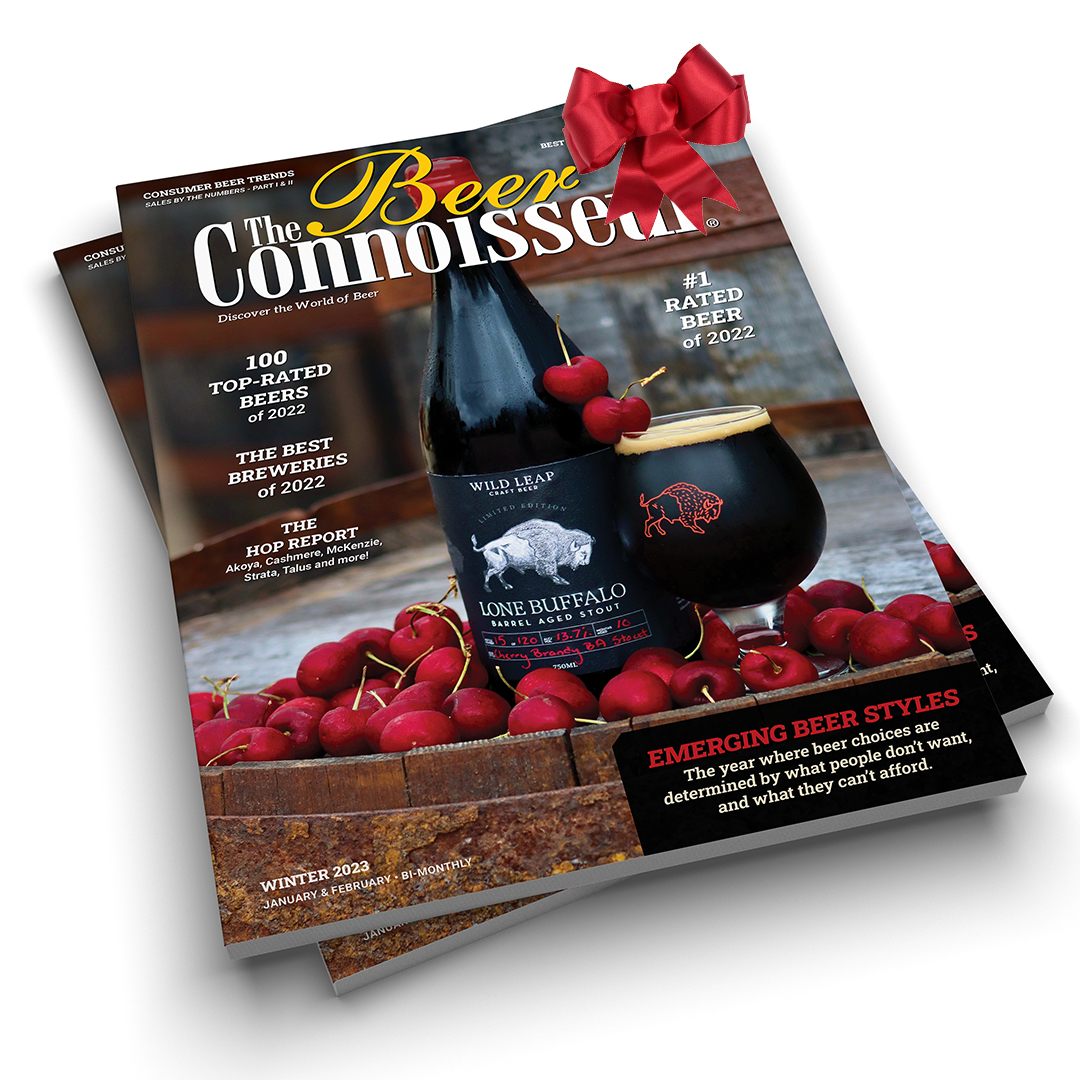The Hidden Culprit: Improper Sanitation in Foodservice
In the bustling kitchens of restaurants, cafeterias, and food production facilities, a silent culprit often lurks—the lack of proper sanitation. While surfaces may appear clean, the battle against harmful bacteria rages on. Let’s unveil the importance of maintaining a hygienic environment and explore the steps to combat this invisible foe.
The Illusion of Cleanliness
Assuming Clean Equals Sanitary: One common misconception is that if a food contact surface looks clean, it is automatically sanitary. However, appearances can deceive. Bacteria like Salmonella and Escherichia coli (E. coli) are resilient, surviving even diligent cleaning efforts. The truth lies beyond mere visual cleanliness.
Cleaning vs. Sanitizing
- Cleaning: The First Line of Defense
- Purpose: Cleaning removes organic matter such as dirt, soil, and debris from surfaces. It’s the essential first step.
- Method: Use water, soap, and scrubbing to eliminate visible impurities.
- Why?: Organic material can be a breeding ground for bacteria, hindering effective sanitization.
- Sanitizing: The Microbial Battle
- Purpose: Sanitizing reduces the number of bacteria and other microorganisms to safe levels.
- Methods: Weaker bleach solutions or sanitizing sprays are used.
- When?: Always after cleaning—sanitizing follows cleaning, not the other way around.
- Disinfecting: The Ultimate Elimination
- Purpose: Disinfecting kills most germs on surfaces and objects.
- Methods: Stronger bleach solutions or specialized chemicals are employed.
- When?: Disinfecting is the final step, reserved for specific situations.
The Seven-Step Approach
- Remove Debris: Physically eliminate soil deposits using lint-free cloths or wipes.
- Choose Registered Products: Rely on NSF-registered cleaning and sanitizing products. These undergo rigorous reviews and testing to ensure safety for food and beverage companies.
- Wash, Rinse, Sanitize: Follow this sequence diligently:
- Wash: Clean surfaces with soap and water.
- Rinse: Remove impurities.
- Sanitize: Reduce remaining germs using approved solutions.
- Train Your Team: Properly trained staff understand the reasons behind each task.
- High-Touch Surfaces: Regularly clean high-touch areas like light switches, doorknobs, and countertops.
- Hard Surfaces: Use suitable cleaning products for counters, toys, light switches, and floors.
- Air Dry: Allow surfaces to air dry after sanitizing.
The ACE Food Handler Advantage
Elevate your food safety practices with ACE Food Handler. Their engaging courses ensure quick certification, covering everything from TABC regulations to California compliance. Knowledge is power—empower your team to fight the battle against improper sanitation!
Remember, behind every delicious meal lies a sanitized kitchen. Let’s keep our culinary spaces safe and thriving! 🌟🍽️




